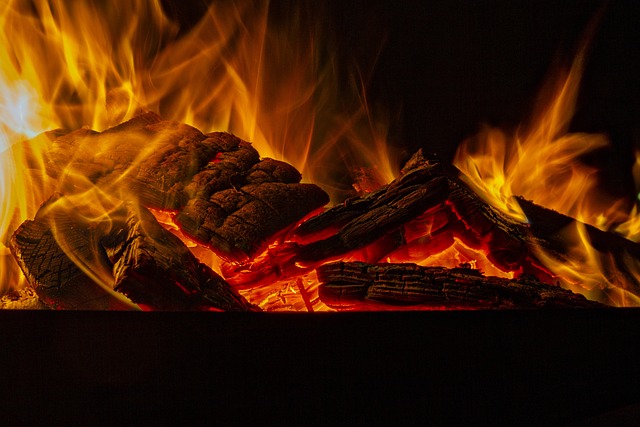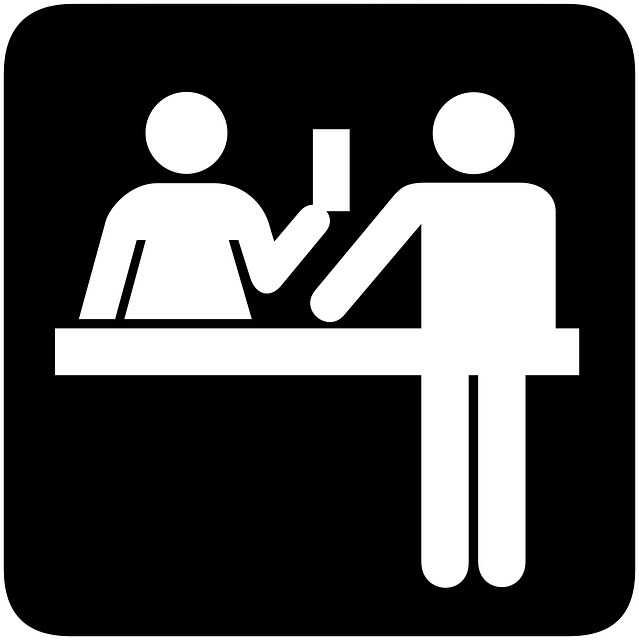Selling a home after a fire in California involves an "as-is" sale with transparent disclosures about damage. This process benefits buyers seeking bargains or quick closings, and sellers saving on repair costs covered by insurance. Key considerations include navigating legal regulations, obtaining permits, strategic marketing to showcase repairs, and collaborating with experienced agents for successful transactions. SEO keywords: sell house after fire California.
“In the aftermath of a disaster, such as a fire, homeowners in California often face the challenge of selling their damaged properties. This comprehensive guide, ‘Understanding As-is Home Sales,’ explores the intricate process of navigating these complex sales. We delve into the impact of fires on property value, dissecting legal considerations and providing strategic marketing insights to attract buyers. Additionally, this article equips sellers with practical tips for a successful as-is sale process, offering a roadmap through California’s unique real estate landscape.”
- Understanding As-is Home Sales: A Comprehensive Guide
- The Impact of a Fire on Property Value in California
- Legal Considerations for Selling a Damage-Prone Residence
- Marketing Strategies for Attracting Buyers Despite Challenges
- Navigating the As-is Sale Process: Tips and Best Practices
Understanding As-is Home Sales: A Comprehensive Guide

Selling a home after a fire in California can be a complex process, but understanding “as-is” sales offers a unique opportunity for both buyers and sellers. In this context, an “as-is” sale refers to a transaction where the property is sold in its current state, without any repairs or renovations being made by the seller. This approach is especially prevalent following unforeseen events like fires that leave distinct physical marks on a property.
When selling a house after fire damage in California, buyers should anticipate an honest assessment of the property’s condition. Sellers are required to disclose known issues, including fire damage, to potential buyers. This transparency ensures a level of trust and allows prospective purchasers to make informed decisions about their offer or even opt for alternative choices. “As-is” sales can be advantageous for buyers seeking a bargain or quick closing, while sellers might prefer this method to avoid the expense and time constraints associated with repairs, especially when insurance claims are involved.
The Impact of a Fire on Property Value in California

A fire in a home can significantly impact its property value, especially in densely populated areas like California. The extent of the damage and the swiftness of the response can play a crucial role in mitigating potential losses for homeowners looking to sell their house after a fire. In California, where real estate is highly competitive, a well-managed fire restoration process can help maintain or even enhance the property’s value.
Quick action by firefighters and proactive restoration efforts by professionals can limit structural damage and prevent long-term deterioration. This not only preserves the home’s market appeal but also ensures higher resale value for homeowners. When selling a house after a fire in California, transparency about the incident and proof of efficient recovery efforts can be key to attracting buyers who appreciate the property’s history and the efforts taken to restore it to its original condition.
Legal Considerations for Selling a Damage-Prone Residence

Selling a home that has been damaged, such as one affected by a fire in California, comes with unique legal considerations. The first step is to understand the local regulations and building codes related to rehabilitation and resale. In California, for instance, there are specific guidelines for repairing and rebuilding homes after disasters like fires, ensuring they meet safety standards before going back on the market.
Homeowners must obtain necessary permits and approvals from local authorities for any renovation or repair work. This process involves submitting detailed plans and estimates, ensuring that the restoration meets the required codes and specifications. Failure to comply with these legal requirements can result in delays, fines, or even the need to tear down and rebuild the property, significantly impacting the selling timeline and expenses.
Marketing Strategies for Attracting Buyers Despite Challenges

Despite challenges like a history of fire damage, selling a house in California requires a strategic approach to marketing. Start by highlighting any repairs or renovations made post-fire, focusing on safety and structural integrity updates. Emphasize these improvements to showcase the home’s current condition and appeal to buyers seeking sound investments. Utilize high-quality photography and detailed listings to visually represent the property’s potential.
Engage in targeted marketing efforts, leveraging digital platforms and local real estate networks. Consider virtual tours to reach broader audiences, especially those who might be hesitant to visit in person. Collaborate with experienced agents familiar with the California market, particularly areas affected by fires. They can guide buyers through the unique considerations and help facilitate a smooth transaction, ensuring your home gains attention from interested parties beyond its past challenges.
Navigating the As-is Sale Process: Tips and Best Practices

Navigating an as-is home sale, especially after a fire in California, requires careful planning and consideration. The process can be complex, but with the right approach, it’s manageable. Start by conducting a thorough inspection of your property to identify any damage caused by the fire and document it through photos and videos. This step is crucial for setting realistic expectations during negotiations.
Engage experienced real estate agents familiar with California’s market dynamics and as-is sales. They can provide valuable insights into pricing, help you understand local regulations, and guide you through the process. Keep in mind that repairs made after an inspection might impact the sale price, so it’s essential to communicate openly with potential buyers about these updates.
Selling a house after a fire in California, often referred to as an “as-is” sale, presents unique challenges. However, with the right understanding of legal considerations, marketing strategies, and a well-navigated sales process, it can be a successful path for both sellers and buyers. By recognizing the impact of fires on property value and employing effective tips and best practices, individuals can navigate this journey efficiently, ensuring a positive outcome in the California real estate market. This comprehensive guide equips you with the knowledge to sell your house after a fire, fostering a smooth transition and potentially unlocking new opportunities.






